
Cold storage industry is set to see a 53% growth as compared to the 26% growth in other sectors – all thanks to the perishable goods and pharmaceuticals consumed by billions the world over. With the rising population and the rising demand and the stringent regulations pertaining to storage and shipping of perishables, is the cold storage monitoring and facilities of yesteryears applicable in today’s technological age? Here is where IoT based cold storage monitoring comes into play.
Cold storage industry is a $700 billion opportunity, with major changes to drive the reduction of food wastage. And one major aspect to help bring about this revolution is the IoT based cold storage monitoring. With recent IoT trends creating sparks in other major industries, $40 billion is being invested to streamline the cold chain operations the world over! When installed correctly, the IoT sensors and devices help automate the cold storage facility, thereby achieving the ultimate goal – reduce waste! And this is possible by the various advantages IoT trends have to offer:
An IoT powered cold storage framework leads to optimum utilization of space and resources. By tracking anomalies and rising alerts, this system helps minimize wastage and power consumption – which is the need f the hour. With awareness on this issue and the willingness to establish a supply chain model for end-to-end visibility, IoT aims to transform the way cold storages work and this transition is sure to bring in value to your organization and profitability to the entire industry!
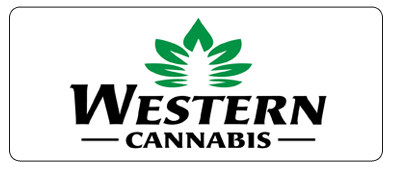
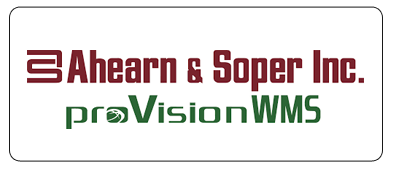
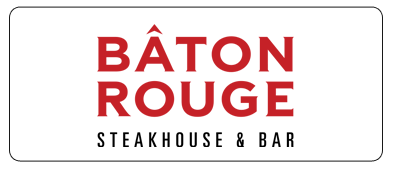
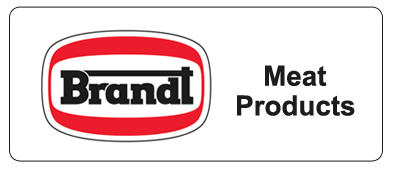
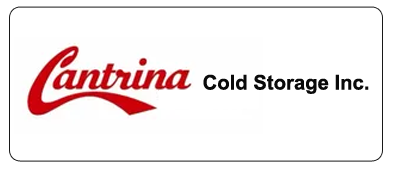

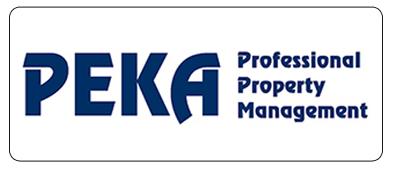
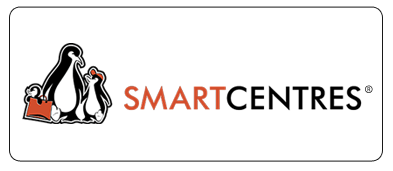
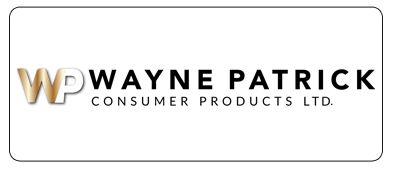
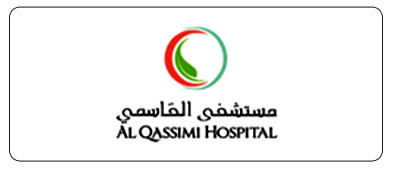
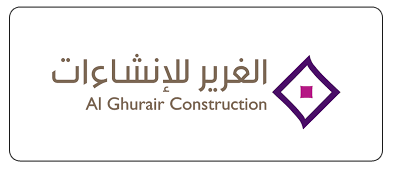



Stay Ahead of the Curve: Read the WatchNET IoT Blog for Cutting-Edge Trends & Insights.

Find Your Perfect Fit: WatchNET IoT Reference Chart – Solutions Tailored for Every Industry.

WatchNET product catalog offers everything you need to unlock the potential of the Internet of Things.

WatchNET IoT is a pioneering wireless monitoring and automation company equipped with a robust suite of solutions with 100+ long-range wireless sensors, Smart Gateway, and a versatile Open Cloud Platform tailored for various industries.
© 2019 All Rights Reserved